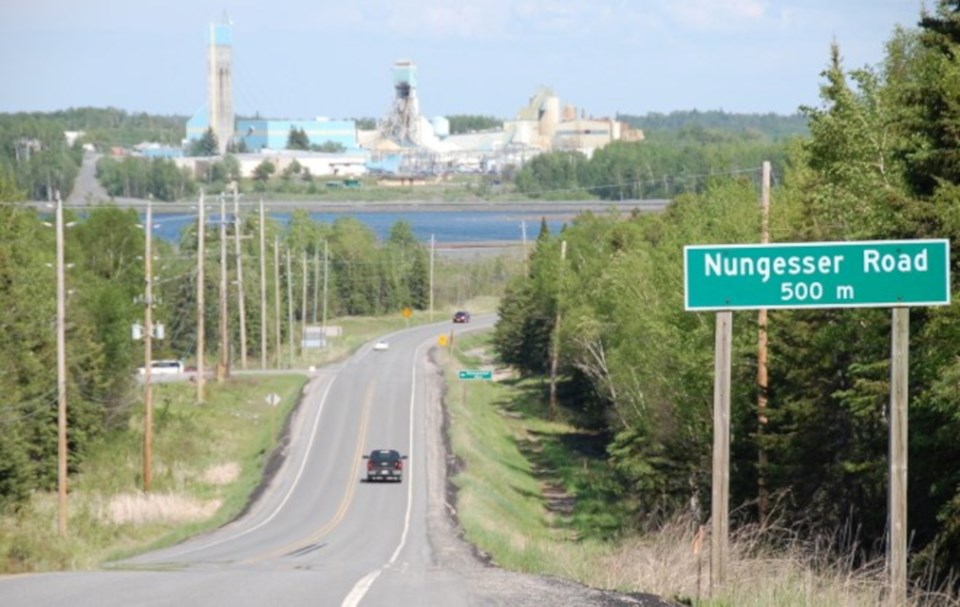Gold prices were slumping in July to a six-month low at US$1,730, but mining and advanced exploration activity is intensifying in the Red Lake mining camp.
Evolution Mining plans to spend between $120 million and $135 million this year on development and upgrades at its Red Lake mine complex.
The Australian gold company has ambitious plans to boost gold production by 65 per cent in the northwestern Ontario camp over the next two to three years.
"We know that all eyes are on Red Lake," said Jake Klein, Evolution Mining’s executive chairman, in delivering a business update on its worldwide operations, June 27.
Red Lake is one of the mines in the company’s stable that will receive the lion’s share of investment dollars starting this year.
Annual gold production at Red Lake sits at 160,000 ounces, but within three years the company wants to lift that to 300,000 ounces as they start tapping into high-grade ore from Upper Campbell, a new mine that’s under development.
.
Evolution acquired the Red Lake mine complex from Newmont in 2020. A year later, they picked up the Battle North Gold's Bateman Mine (formerly Rubicon Resources) in a separate deal.
Though Klein said they’re a year behind schedule in making progress, there’s mounting confidence the complex will be a long life and a low cost operation. After a few site visits this year, Klein said the momentum and change “is apparent and we feel optimistic about the transformation occurring at this operation.”
Development at Upper Campbell is on track to start delivering the first ore by September.
To keep up with the increasing pace of production, Evolution is making improvements to the Campbell processing mill to the tune of spending between $15 million to $20 million this fiscal year. Other capital spending is earmarked for Upper Campbell (between $55 million and $60 million) and at Evolution's other mines in Red Lake (between $50 million and $55 million).
South of town, it’s been an exploration drilling frenzy for Kinross Gold on its path to declare a first-ever gold resource at its Great Bear Project by year’s end.
Toronto-based Kinross, a top-end international miner, announced the acquisition of the Vancouver junior miner in a $1.8-billion deal late last year. completing the transaction in February.
Then known as the Dixie Project, the Great Bear property is 25 kilometres southeast of Red Lake. Highway 105 runs through the property.
Great Bear picked up this project from Newmont Mining in 2017 and made numerous high-grade gold discoveries near the surface.
In a news release, Kinross said it’s “making excellent progress” on the exploration front with 11 drill rigs now on the property.
Approximately 83,000 metres has been drilled thus far this year as part of a massive 200,000-metre program now underway. The focus is on an area called the LP Fault Zone, considered the “most significant discovery” at the site.
Kinross said recent drill results show high-grade gold at depths greater than 500 metres, suggesting the possibility of a “sizeable underground” mine involving the LP Fault Zone, along with the nearby Hinge and Limb gold zones.
Great Bear is located on the traditional territories of Wabauskang and Lac Seul First Nations and will be the focus of Kinross’ community outreach and engagement efforts. The plan is to partner with the communities on environmental baseline studies, site planning, and future procurement and job training opportunities. The baseline survey will be needed for the mine permitting process.
A pre-feasibility on what a mine could look like will start sometime in 2023, the company said.
PureGold Mining is the midst of a turnaround plan to get its struggling Red Lake mine back on track after falling short this year in reaching gold production targets.
Located at the site of the former Madsen Mine, just southwest of town, the underground operation went into production last August. But within months, operators started to fall short in reaching gold production targets for a myriad of reasons, which lead to a reshuffling of management.
The company recently raised $31 million which is earmarked to get the mine ramped up to a rate of 800 tonnes per day. An updated gold resource and reserve estimate is due out by the end of this year, along with a new life of mine plan.




